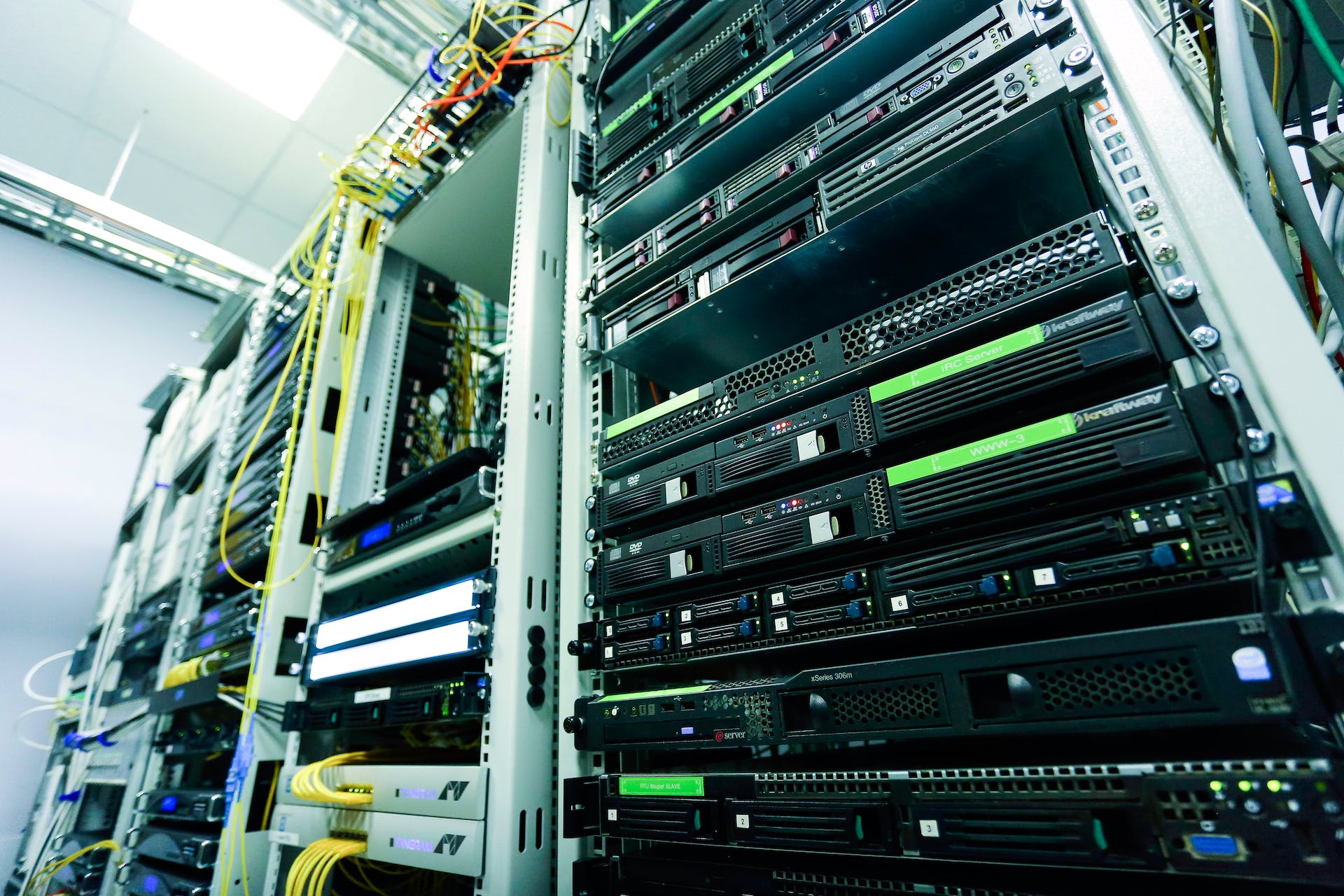
Data center energy usage isn’t something that most people think about on a daily basis. However, it is an important factor to consider when running a business.
Data centers are responsible for consuming vast amounts of energy, and the costs associated with powering them can add up quickly. In order to stay competitive and efficient in today’s digitally-driven world, businesses need to change their perspective. They must understand what data center energy usage means for their operations.
Understanding Data Center Energy Consumption
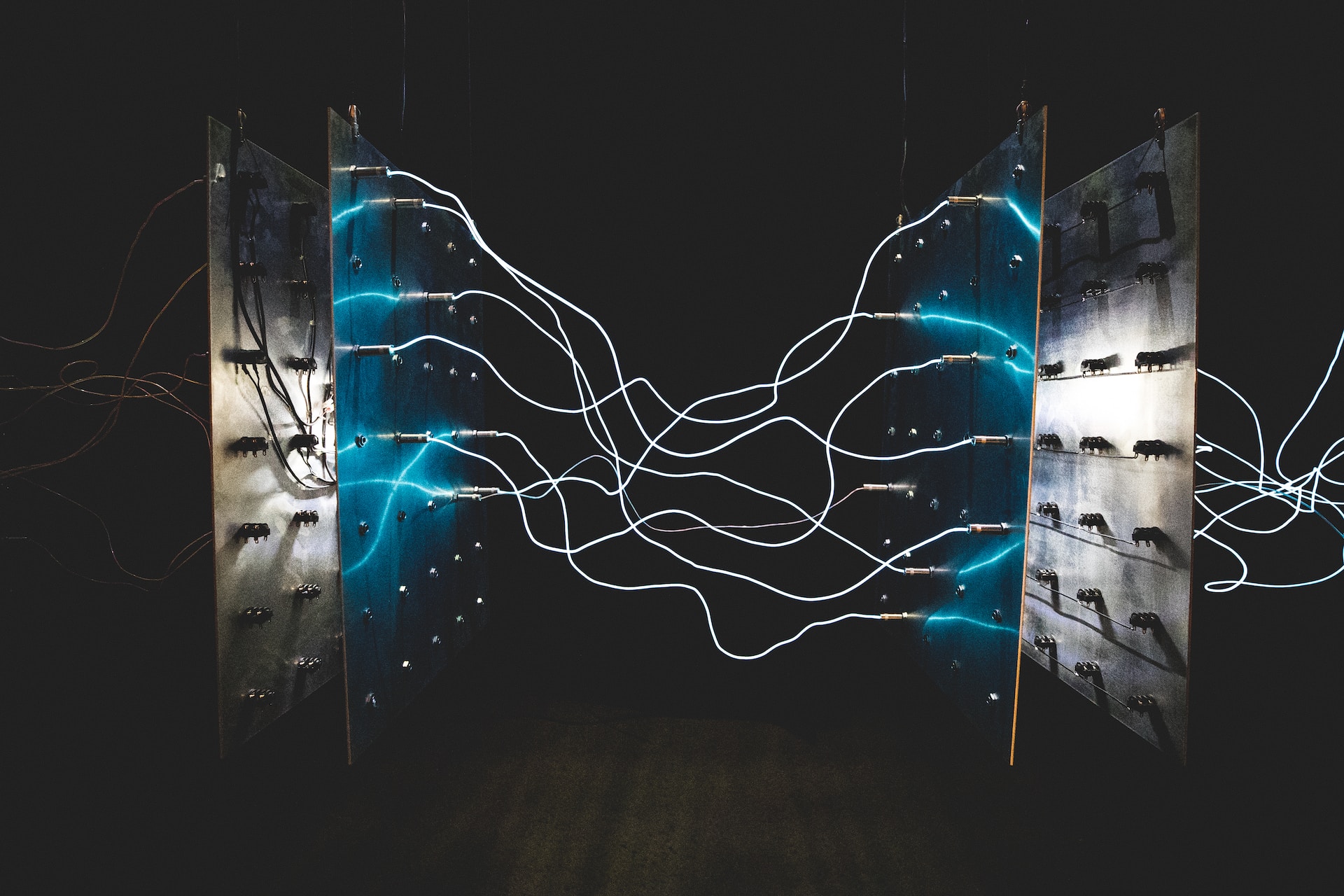
Data centers consume enormous amounts of energy in order to power the servers, cooling systems, and networking equipment housed within them. This amount of energy consumption can have serious financial implications for any organization. Especially if the organization is relying on the infrastructure to operate its IT functions.
Fortunately, there are a number of steps you can take to reduce data center energy usage and keep costs under control.
The Basics of Data Center Energy Usage
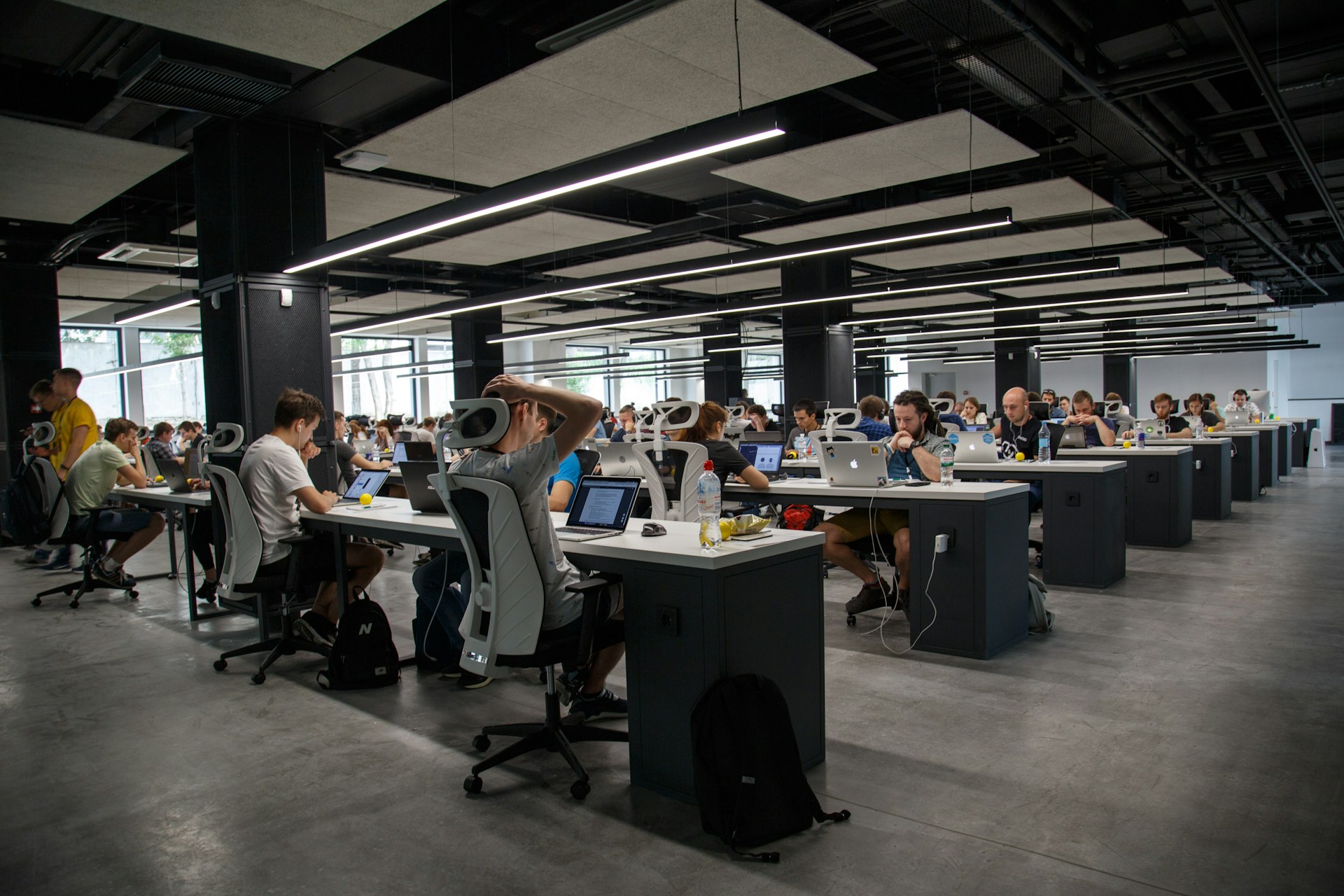
We can typically divide data centers into two categories: large enterprise-level systems and smaller on-premise systems.
Enterprise-level systems require significantly more energy to run than on-premise systems. This is because they contain more equipment and need to maintain a certain level of redundancy. If they fail to do so, they can’t ensure maximum uptime.
On the other hand, an on-premise system usually contains fewer components but still requires power for cooling, networking, and other IT functions.
Data Center Efficiency Measures
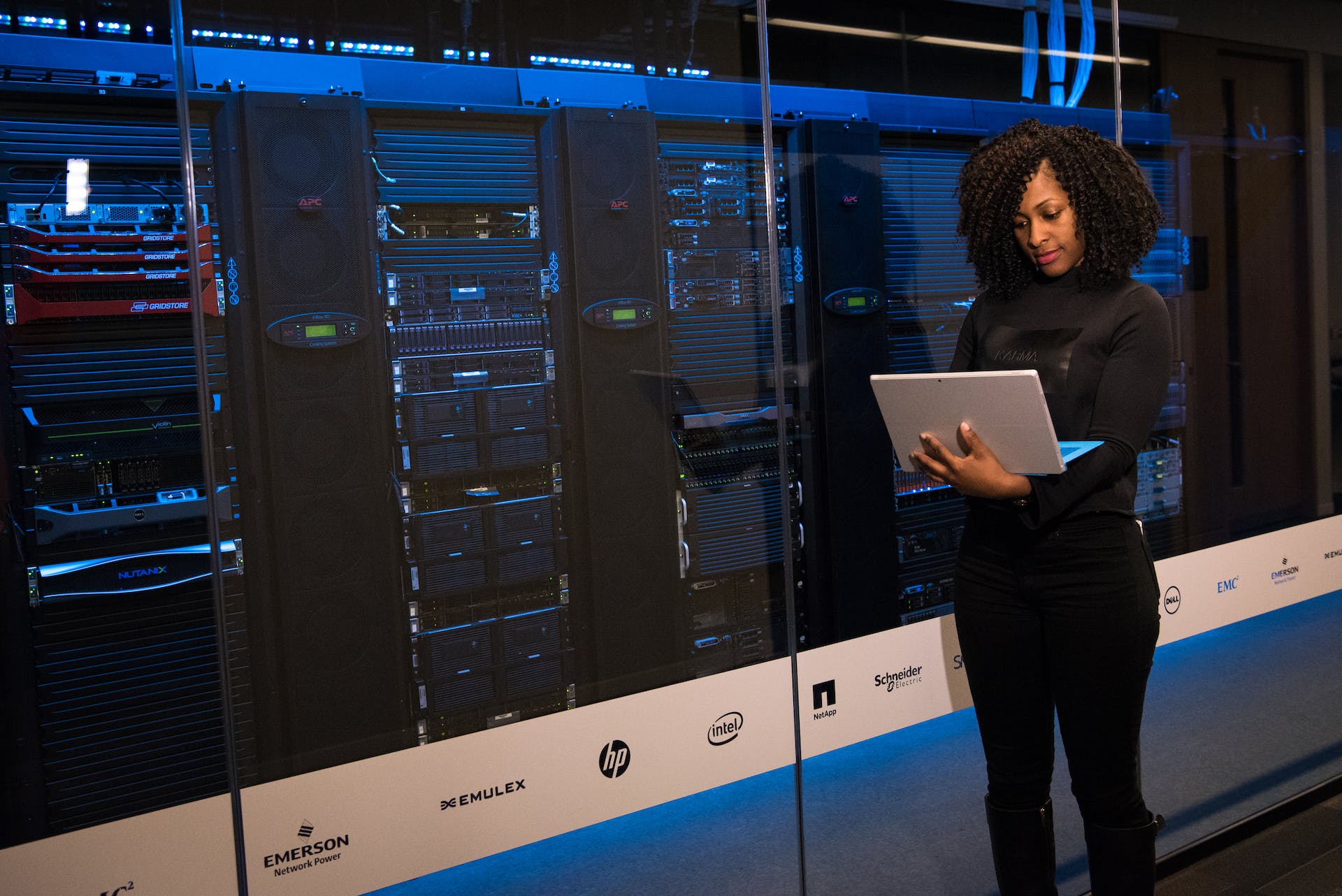
Data center efficiency measures involve everything from server consolidation and virtualization to the use of renewable energy sources.
Server consolidation is the process of reducing the number of physical servers in a data center, which can significantly reduce energy consumption.
Virtualization is also an important factor when it comes to efficiency. It allows for multiple virtual machines to run on one physical server.
Renewable energy sources such as solar, wind, and hydroelectricity are also becoming increasingly popular. They serve as good alternatives to traditional data center power sources. These renewable energy sources can help reduce costs while providing a clean and sustainable source of power.
Data Center Energy Optimization Techniques
In addition to the aforementioned measures, there are a number of other techniques you can use to optimize energy usage in a data center. This includes adjusting cooling settings, using efficient storage solutions such as flash storage, and taking advantage of power management tools.
AiNET offers secure, reliable cloud storage and fiber optic internet services for businesses. With their scalable solutions and high-speed connectivity, customers can enjoy increased productivity and peace of mind knowing their data is safe.
Visit AiNET to explore their robust selection of online storage options!
